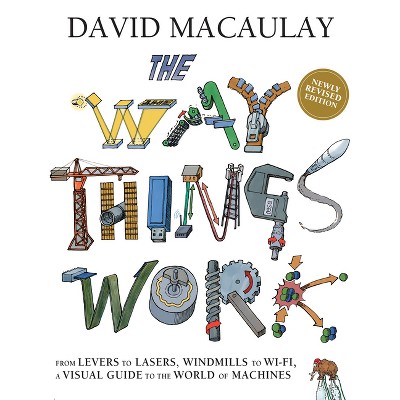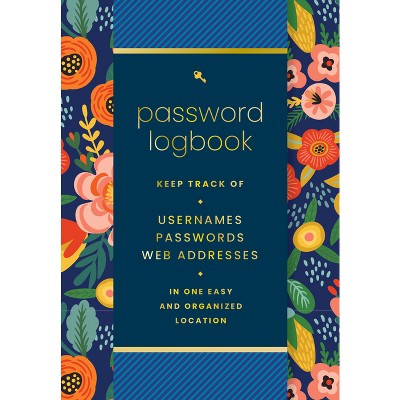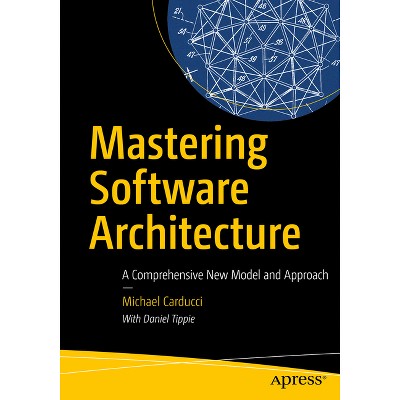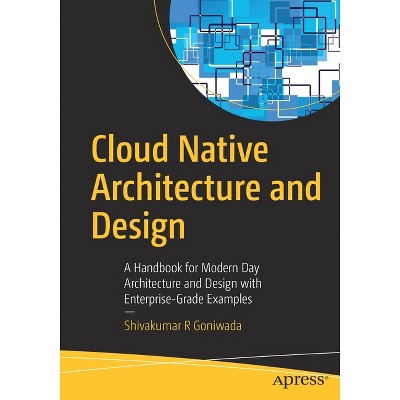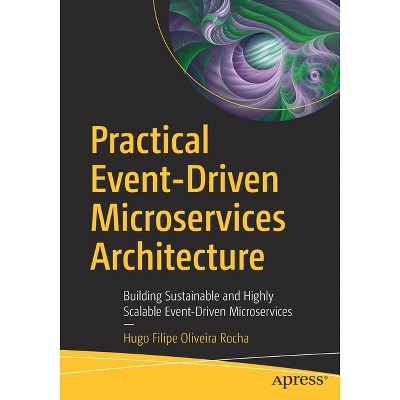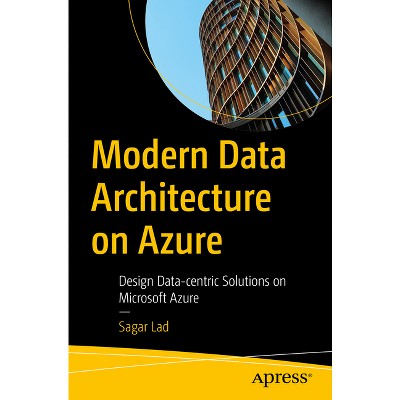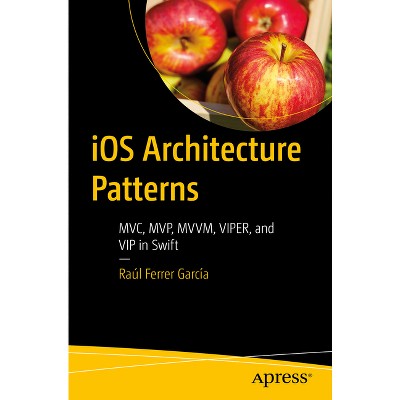$46.39 sale price when purchased online
$59.99 list price
Target Online store #3991
About this item
Highlights
- This book teaches you how to evaluate a distributed system from the perspective of immutable objects.
- About the Author: Michael L. Perry is Director of Consulting at Improving, where he applies his love of software mathematics to benefit his clients.
- 480 Pages
- Computers + Internet, Software Development & Engineering
Description
Book Synopsis
This book teaches you how to evaluate a distributed system from the perspective of immutable objects. You will understand the problems in existing designs, know how to make small modifications to correct those problems, and learn to apply the principles of immutable architecture to your tools. Most software components focus on the state of objects. They store the current state of a row in a relational database. They track changes to state over time, making several basic assumptions: there is a single latest version of each object, the state of an object changes sequentially, and a system of record exists.This is a challenge when it comes to building distributed systems. Whether dealing with autonomous microservices or disconnected mobile apps, many of the problems we try to solve come down to synchronizing an ever-changing state between isolated components. Distributed systems would be a lot easier to build if objects could not change.
After reading The Art of Immutable Architecture, you will come away with an understanding of the benefits of using immutable objects in your own distributed systems. You will learn a set of rules for identifying and exchanging immutable objects, and see a collection of useful theorems that emerges and ensures that the distributed systems you build are eventually consistent. Using patterns, you will find where the truth converges, see how changes are associative, rather than sequential, and come to feel comfortable understanding that there is no longer a single source of truth. Practical hands-on examples reinforce how to build software using the described patterns, techniques, and tools. By the end of the book, you will possess the language and resources needed to analyze and construct distributed systems with confidence. The assumptions of the past were sufficient for building single-user, single-computer systems. But aswe expand to multiple devices, shared experiences, and cloud computing, they work against us. It is time for a new set of assumptions. Start with immutable objects, and build better distributed systems.
What You Will Learn
- Evaluate a distributed system from the perspective of immutable objects
- Recognize the problems in existing designs, and make small modifications to correct them
- Start a new system from scratch, applying patterns
- Apply the principles of immutable architecture to your tools, including SQL databases, message queues, and the network protocols that you already use
- Discover new tools that natively apply these principles
Who This Book Is For
Software architects and senior developers. It contains examples in SQL and languages such as JavaScript and C#. Past experience with distributed computing, data modeling, or business analysis is helpful.
From the Back Cover
This book teaches you how to evaluate a distributed system from the perspective of immutable objects. You will understand the problems in existing designs, know how to make small modifications to correct those problems, and learn to apply the principles of immutable architecture to your tools. Most software components focus on the state of objects. They store the current state of a row in a relational database. They track changes to state over time, making several basic assumptions: there is a single latest version of each object, the state of an object changes sequentially, and a system of record exists.This is a challenge when it comes to building distributed systems. Whether dealing with autonomous microservices or disconnected mobile apps, many of the problems we try to solve come down to synchronizing an ever-changing state between isolated components. Distributed systems would be a lot easier to build if objects could notchange.
After reading The Art of Immutable Architecture, you will come away with an understanding of the benefits of using immutable objects in your own distributed systems. You will learn a set of rules for identifying and exchanging immutable objects, and see a collection of useful theorems that emerges and ensures that the distributed systems you build are eventually consistent. Using patterns, you will find where the truth converges, see how changes are associative, rather than sequential, and come to feel comfortable understanding that there is no longer a single source of truth. Practical hands-on examples reinforce how to build software using the described patterns, techniques, and tools. By the end of the book, you will possess the language and resources needed to analyze and construct distributed systems with confidence. The assumptions of the past were sufficient for building single-user, single-computer systems. But as we expand to multiple devices, shared experiences, and cloud computing, they work against us. It is time for a new set of assumptions. Start with immutable objects, and build better distributed systems.
What You Will Learn
- Evaluate a distributed system from the perspective of immutable objects
- Recognize the problems in existing designs, and make small modifications to correct them
- Start a new system from scratch, applying patterns
- Apply the principles of immutable architecture to your tools, including SQL databases, message queues, and the network protocols that you already use
- Discover new tools that natively apply these principles
About the Author
Michael L. Perry is Director of Consulting at Improving, where he applies his love of software mathematics to benefit his clients. He has built upon the works of mathematicians such as Marc Shapiro, Pat Helland, and Leslie Lamport to develop a mathematical system for software development. He has captured this system in the Jinaga open source project. Michael often presents on math and software at events and online. You can find out more at michaelperry.net.
Dimensions (Overall): 10.0 Inches (H) x 7.0 Inches (W) x 1.02 Inches (D)
Weight: 1.92 Pounds
Suggested Age: 22 Years and Up
Sub-Genre: Software Development & Engineering
Genre: Computers + Internet
Number of Pages: 480
Publisher: Apress
Theme: General
Format: Paperback
Author: Michael L Perry
Language: English
Street Date: May 29, 2024
TCIN: 93389609
UPC: 9798868802874
Item Number (DPCI): 247-48-6473
Origin: Made in the USA or Imported
If the item details above aren’t accurate or complete, we want to know about it.
Shipping details
Estimated ship dimensions: 1.02 inches length x 7 inches width x 10 inches height
Estimated ship weight: 1.92 pounds
We regret that this item cannot be shipped to PO Boxes.
This item cannot be shipped to the following locations: American Samoa (see also separate entry under AS), Guam (see also separate entry under GU), Northern Mariana Islands, Puerto Rico (see also separate entry under PR), United States Minor Outlying Islands, Virgin Islands, U.S., APO/FPO
Return details
This item can be returned to any Target store or Target.com.
This item must be returned within 90 days of the date it was purchased in store, shipped, delivered by a Shipt shopper, or made ready for pickup.
See the return policy for complete information.

